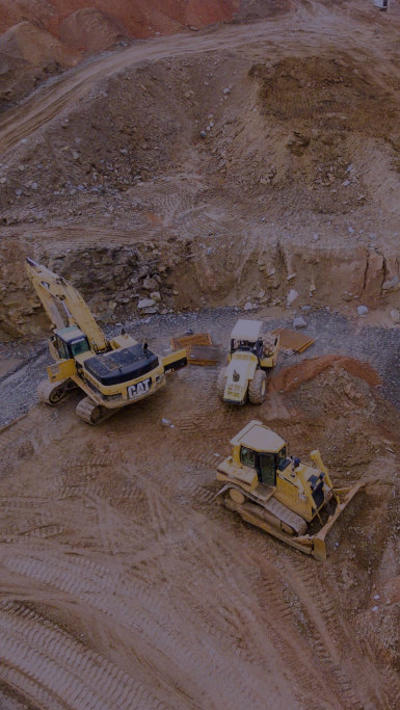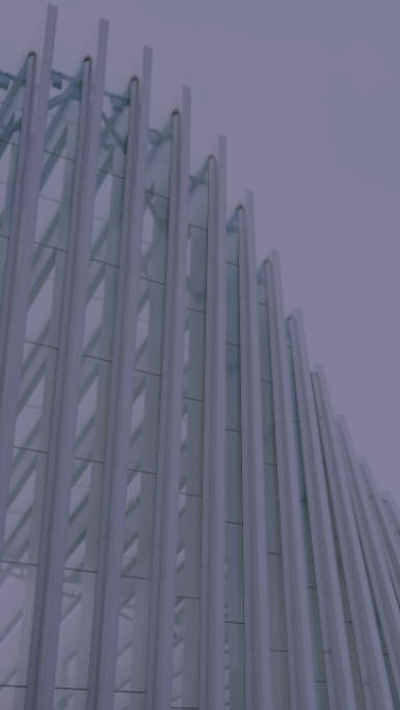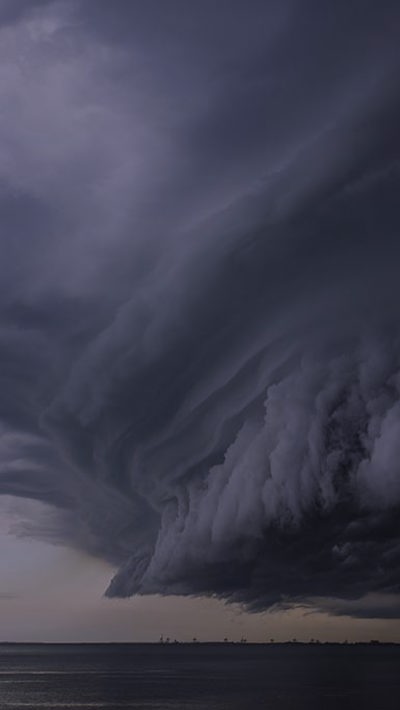Contents
The Natural Hazards Insurance Bill, now before Parliament, will incorporate current Earthquake Commission (EQC) policies and procedures, the effect of court decisions arising from the Canterbury and Kaikōura quakes, and the recommendations of the Public Inquiry into EQC.
The Bill will replace and overhaul the EQC Act, keeping the same underlying insurance scheme and structure but introducing a range of changes intended to achieve three overarching objectives:
- enable better community recovery from natural hazards
- clarify the role of the Commission and the cover it will provide, and
- enhance the durability and flexibility of the legislation.
Key features
- New purpose provisions will provide guidance for interpretation. For example: the primary purpose of the natural hazard cover will be to contribute to the replacement or reinstatement of dwellings that suffer natural hazard damage. The cover extends to land that supports the “integrity and usability of the residential building and access to it”.
- Changes in relation to governance and financial matters, include:
- introducing a statutory basis for how the insurance levy will be set
- removing EQC’s ability to give levy discounts to private insurers, and
- requiring a review of key financial matters and the publication of a funding and risk management statement every five years.
- Changes to support claimants through the process, including a Code of Insured Person’s Rights, and a requirement that EQC participate in a dispute resolution scheme – either developing its own or joining an existing arrangement, such as the Insurance and Financial Services Ombudsman.
- Creation of an express ability for EQC to delegate claims assessment and settlement functions to private insurers. This provides a statutory basis for the arrangements EQC has entered into since the Kaikōura earthquake, by which private insurers manage and settle both the EQC cover and the private insurer portions of a claim.
- In relation to natural hazard cover:
- adding statements of the standard of repair for building and land cover
- increasing the cap on residential building cover to $300,000 per dwelling, which takes effect through regulations under the EQC Act on new and renewed policies from 1 October this year
- clarifying the cover for mixed use buildings, where only some of the building is used for residential purposes
- clarifying that cover does not extend to building upgrades that were legally required before a natural hazard event – e.g., seismic improvements of earthquake-prone buildings
- more detailed provisions for land cover and confirmation that diminution of value (rather than reinstatement costs) can be used as a basis for settlement in appropriate cases. These changes reflect a declaratory judgment of the Court confirming EQC’s policy for settlement of complex land damage in the Canterbury earthquakes
- expanding cover for items associated with a dwelling, but outside the landholding – e.g., bridges and culverts on council road reserve lands, and
- retaining walls, bridges and culverts are currently covered up to their indemnity value, which on older structures may contribute very little towards the cost of repair or replacement. The Bill provides for cover to replace the structure as was, not the costs of bringing it to current code requirements (or a maximum of $50,000 per dwelling).
EQC to become Toka Tū Ake – Natural Hazards Commission
EQC will be renamed Toka Tū Ake – Natural Hazards Commission. Toka Tū Ake translates as ‘the foundation from which we stand strong together’. The new name more accurately reflects the scope of the legislation and the Commission, which includes insurance for other natural hazards, such as landslips and volcanic activity, and the Commission’s broader role in supporting preparation for natural hazards.
Our comment
Most of the changes in the Bill are clarifications of the existing Act, though there is a range of smaller changes being made to both the insurance cover, and the framework that supports the insurance scheme.
The detail in the Bill should make the process of assessment and settlement of claims more transparent and increase certainty for claimants and insurers. It represents a useful progression of the natural hazard insurance scheme, and there remain opportunities for further changes, either in the course of the select committee process, or in future reviews of the legislation.
In the past, significant uncertainty and disputes have arisen in situations concerning different insurance covers or insured interests, and these areas warrant close attention. The Bill has addressed some of these issues – e.g., including greater detail to clarify cover for mixed use buildings, and increasing cover for structures outside of the insured landholding.
Areas which we consider would merit a second look are the interrelationship between statutory cover and private insurance cover, and between building and land cover, which raised complex legal issues that remain unresolved following the Canterbury earthquakes.
However, as the Bill retains the existing scheme and structure, there will be limits on the ability to resolve some of these issues.
Next steps
The Bill is scheduled to have its first reading this week, and will then go to a select committee, at which point submissions will be requested.
If you would like help understanding the effect of the proposed changes or assistance with submissions on the Bill please contact one of our experts below








































































































